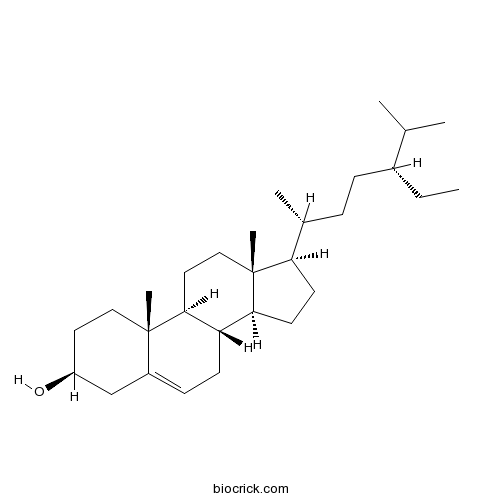Pueraria wallichii
Pueraria wallichii
1. The products in our compound library are selected from thousands of unique natural products; 2. It has the characteristics of diverse structure, diverse sources and wide coverage of activities; 3. Provide information on the activity of products from major journals, patents and research reports around the world, providing theoretical direction and research basis for further research and screening; 4. Free combination according to the type, source, target and disease of natural product; 5. The compound powder is placed in a covered tube and then discharged into a 10 x 10 cryostat; 6. Transport in ice pack or dry ice pack. Please store it at -20 °C as soon as possible after receiving the product, and use it as soon as possible after opening.
Natural products/compounds from Pueraria wallichii
- Cat.No. Product Name CAS Number COA
-
BCN5590
Daidzein486-66-8
Instructions

-
BCN5891
Daidzin552-66-9
Instructions

-
BCN1015
Beta-Sitosterol83-46-5
Instructions

A molecular phylogenetic study of the subtribe Glycininae (Leguminosae) derived from the chloroplast DNA rps16 intron sequences.[Pubmed: 21669638]
Phylogenetic relationships among 13 genera of the subtribe Glycininae, two genera of the allied subtribe Diocleinae that were included within Glycininae by Polhill, and two genera of the subtribe Erythrininae as outgroups were inferred from chloroplast DNA rps16 intron sequence variation. Pairwise sequence divergence values ranged from identity between Teramnus mollis and T. micans and between T. flexilis and T. labialis to 7.89% between Pueraria wallichii and Pseudeminia comosa across all accessions. Phylogenies estimated using parsimony and neighbor-joining methods revealed that (1) Glycininae is monophyletic if Pachyrhizus and Calopogonium (both Diocleinae) are included within Glycininae; (2) the genus Teramnus is closely related to Glycine, and Amphicarpaea showed a sister relationship to the clade comprising Teramnus and Glycine; (3) the expanded Glycininae including two genera of Diocleinae is divided into three branches, temporarily named I (comprising the rest of the examined taxa), II (Pueraria wallichii), and III (Mastersia), but their relationships are equivocal; and (4) the genus Pueraria, regarded as a closely related genus to Glycine, is not monophyletic and should be divided into at least four genera (a hypothesis supported previously by Lackey).


